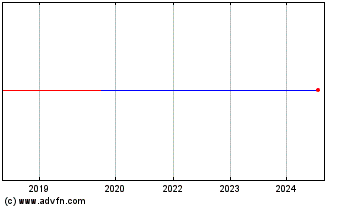Onyx Pharmaceuticals, Inc. (MM) (NASDAQ:ONXX)
Historical Stock Chart
From Jul 2019 to Jul 2024


